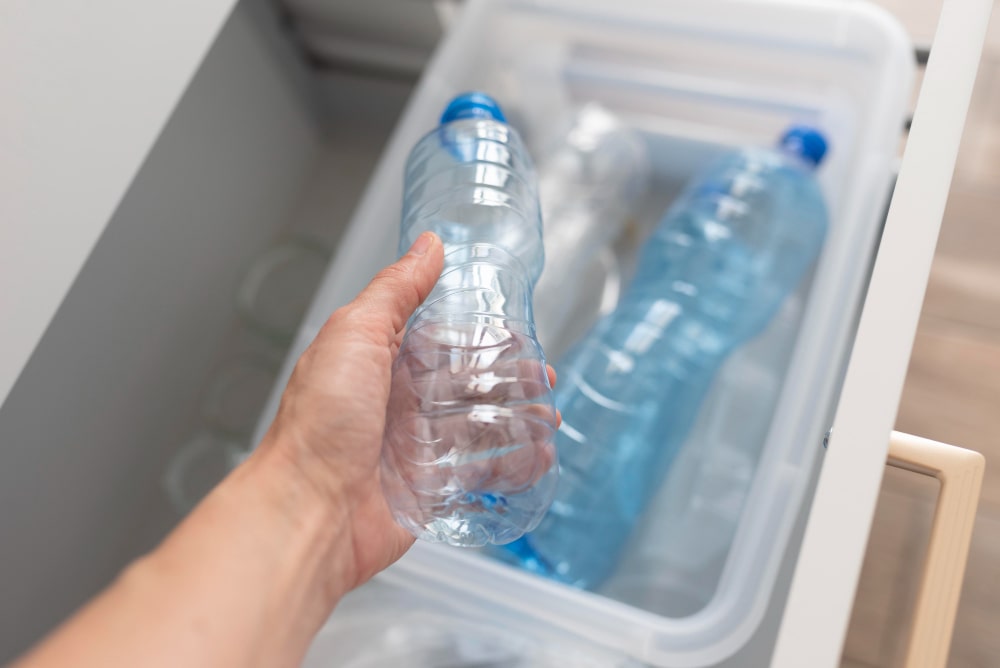When it comes to preparing for a flight, restrictions regarding liquids on the plane can be a source of confusion and endless questions. Can I bring my water bottle? What about creams and lotions? In this article, we will unravel the mystery of liquid regulations in air travel. From permitted quantities to accepted product types, we’ll address those common concerns we all have as we head towards airport security. Get ready to clear your doubts and make your travel experience smoother than ever!
Let’s address the key questions that come to mind about transporting liquids when flying.
Why can’t liquids be carried on the plane?
The restriction on liquids on planes is primarily due to security concerns. The regulation was implemented after an attempted attack in 2006, known as the “liquid bomb plot,” where a plan to detonate liquid explosives on planes was uncovered.
The idea behind this measure is to prevent the possibility of passengers carrying liquid substances that could be used to manufacture explosives.
These measures aim to reduce the risk of airborne terrorist attacks by limiting the quantity and the way liquids can be transported in the airplane cabin. Although it may be inconvenient for passengers, it is considered a necessary precaution to ensure safety in air travel.

How much in liquids can I take on the plane?
Regulations regarding the amount of liquids allowed on a plane may vary slightly between different airlines and countries, but they generally follow the standards set by the International Civil Aviation Organization (ICAO).
In general terms, common regulations include:
- Individual containers: Liquids must be transported in individual containers with a capacity not exceeding 100 milliliters (ml) each.
- Transparent plastic bag: These containers should be placed in a transparent plastic bag with a zip-type closure. Typically, each passenger is limited to one bag.
- Total allowed: The total amount of liquids a passenger can carry in their carry-on luggage is usually 1 liter, as up to 10 containers of 100 ml each are allowed.
It’s important to check the specific regulations of the airline you are flying with and the safety regulations of the relevant aviation authority, as there may be variations. Additionally, some exceptions apply to liquid medications, baby formulas, and other essential items but often require additional screening at security checkpoints.
What liquids can I bring on the plane?
Regulations on liquids on planes generally allow certain types of liquids in carry-on luggage, provided they meet certain requirements. Here are some examples of common liquids that are generally allowed:
Bottled water purchased after security control: You can bring bottled water purchased after passing through airport security.
Baby formula and drinks: If you are traveling with a baby or young child, necessary amounts of breast milk, baby formula, and juices are allowed.
Liquid medications: Liquid medications, including syrups and solutions, are allowed. It is advisable to carry a prescription or a doctor’s letter to avoid issues at security checkpoints.
Small liquid toiletries: Small amounts of liquid toiletries, such as shampoo, conditioner, shower gel, and toothpaste, in containers of 100 ml or less, are allowed.
Remember that these liquids must be placed in a transparent plastic bag with a zip-type closure, and the total capacity of the bag should not exceed 1 liter. Additionally, regulations may vary between airlines and countries, so it’s always advisable to check specific policies before traveling.
Is makeup included in liquid on a plane?
Creams are generally considered liquids when it comes to air travel regulations. In most cases, creams, lotions, gels, and similar products are subject to liquid restrictions in carry-on luggage.
This means that if you have creams in your carry-on luggage, they must comply with the following conditions:
Containers of 100 ml or less: Each cream container should have a capacity of 100 milliliters or less.
Transparent plastic bag: They must be placed in a transparent plastic bag with a zip-type closure. Typically, each passenger is limited to one bag.
Total allowed: The total amount of liquids, including creams, in the bag should not exceed 1 liter.
If you have creams that exceed these quantities, you may want to consider placing them in your checked luggage instead of carry-on.
Can I bring liquids on the plane in 2024?
Recently, AENA, the airport management organization in Spain, has confirmed considering the implementation of a new high-tech 3D scanner system in late 2023 or early 2024. This change could lead to a gradual elimination of liquid restrictions.
High-tech 3D scanners allow for a more detailed inspection of luggage without the need to open it during security checks, making it easier to detect potential hazardous substances or items. While not mandatory at present, this system could enhance luggage inspection without requiring the removal of electronic devices or the separation of liquids.


